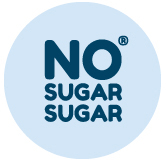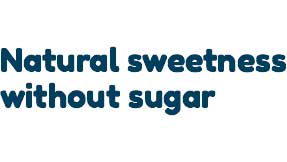
The protection of your data is important to us!
We use cookies and third party tools to improve the performance of the website, to carry out analyzes and to provide you with content that is relevant to you.
Technically required
Comfort functions
Statistics & Tracking
Choose cookies & services according to your individual needs:
Technically required
These cookies are necessary for the basic functions of the shop.
"Allow all cookies" cookie
"Decline all cookies" cookie
CSRF token
Cookie preferences
Currency change
Customer-specific caching
Individual prices
Selected shop
Session
Comfort functions
These cookies are used to make the shopping experience even more appealing, for example for the recognition of the visitor.
Note
Statistics & Tracking
Affiliate program
Google Analytics
Track device being used
You can change your consent decisions at any time in your privacy settings.

